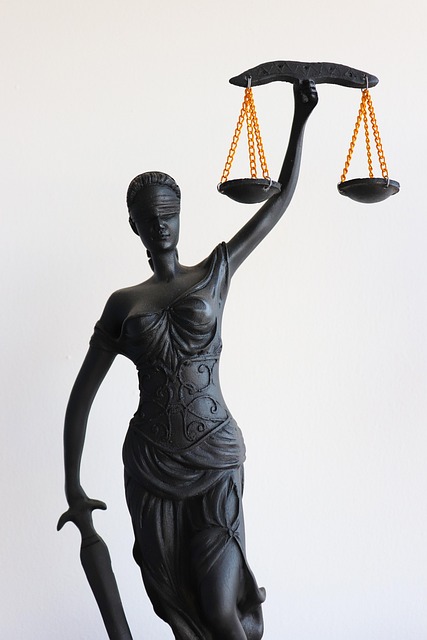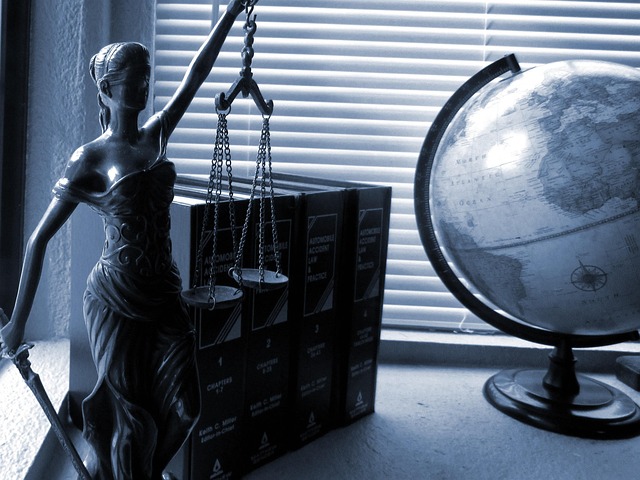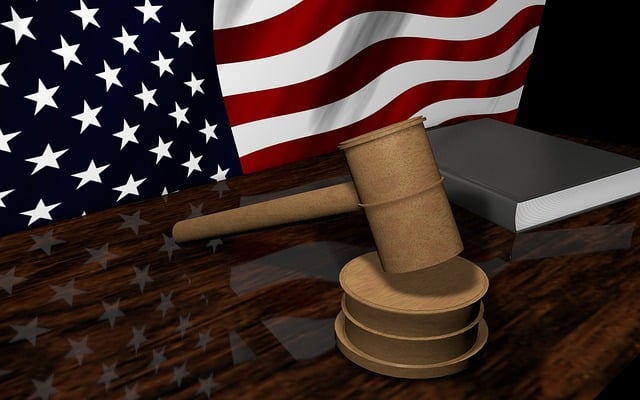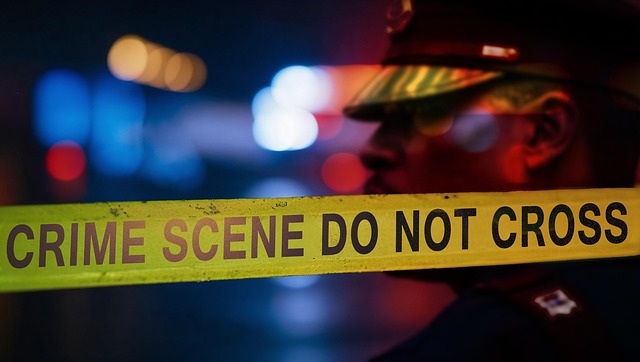Uncovering hidden biases in jury selection is crucial for fair criminal trials. By analyzing data and community perspectives, experts identify and mitigate biases during voir dire, ensuring strategic challenges for unbiased representation. This process guarantees fair outcomes, especially in high-stakes cases where media influences public perception through simplified legal reports and stereotypes. Understanding jury biases is vital for litigators to secure fair trials, involving strategic communication, evidence selection, and awareness of media's impact on public opinion. Recognizing racial, gender, or social biases helps professionals strategize effectively, fostering informed jury decisions and reducing prejudice in trial outcomes.
In the intricate landscape of criminal justice, Litigation Support Services play a pivotal role in ensuring fairness and transparency. This article delves into crucial aspects of understanding jury biases in criminal cases, exploring hidden predispositions that can shape verdicts. We examine the profound impact of media coverage on trials and provide insights into effective strategic planning to mitigate prejudice. By addressing these key issues, litigators can navigate complex legal labyrinths with enhanced awareness, ultimately fostering a more equitable justice system.
- Uncovering Hidden Biases in Jury Selection
- The Impact of Media on Criminal Trials
- Mitigating Prejudice: Effective Strategic Planning
Uncovering Hidden Biases in Jury Selection

Uncovering hidden biases in jury selection is an essential aspect of litigation support services, especially in criminal cases where understanding jury biases can significantly impact outcomes. Juries, despite their role as impartial evaluators, are not entirely free from preconceived notions and stereotypes that can influence their decisions. These biases can stem from various factors, including race, gender, socioeconomic status, and even the type of crime involved. For instance, research has shown that certain demographic groups may be more likely to attribute guilt or innocence based on stereotypical associations, leading to unfair judgments in high-stakes cases.
Litigation support professionals play a crucial role in identifying these biases by analyzing historical data and patterns related to jury selection. By understanding the diverse perspectives within respective business, philanthropic, and political communities, they can assist attorneys in crafting strategic challenges that ensure fair representation before juries. This process involves meticulous examination of potential jurors’ backgrounds, opinions, and interactions during voir dire to uncover any hidden prejudices or assumptions that might affect their ability to render an unbiased verdict.
The Impact of Media on Criminal Trials

In today’s digital era, media plays a pivotal role in shaping public perception and understanding of criminal trials. From news coverage to social media, the way information is disseminated can significantly impact jury biases in high-stakes cases across the country. Media reports often simplify complex legal issues, which can lead to misunderstandings or pre-conceived notions among jurors. This bias may influence their decision-making process, potentially affecting the outcome of challenging defense verdicts.
Understanding jury biases is crucial for effective litigation support services. Law professionals must be adept at navigating this media landscape to ensure a fair trial. By recognizing and addressing these biases, they can present robust defenses and help secure winning challenging defense verdicts. This involves strategic communication, careful selection of evidence, and a deep understanding of the impact of media on public opinion in criminal trials.
Mitigating Prejudice: Effective Strategic Planning

Understanding Jury Biases in Criminal Cases is a strategic planning must for litigation support services. Juries, despite their best efforts to remain impartial, often bring biases and preconceived notions into the courtroom, especially in high-stakes cases like white collar and economic crimes. Recognizing these biases, such as racial, gender, or social status prejudices, can significantly mitigate potential unfair outcomes. By understanding these influences, legal professionals can develop strategies to present evidence effectively throughout all stages of the investigative and enforcement process, ensuring a more equitable trial.
Effective strategic planning involves proactively addressing these biases through careful case selection, thorough witness preparation, and insightful presentation techniques. For instance, in financial crimes trials, emphasizing the victims’ stories and the concrete impact of the defendant’s actions can help overcome stereotypes or assumptions related to the nature of white-collar offenses. This approach not only strengthens the case but also fosters a more informed jury decision, reducing the likelihood of prejudice influencing the outcome.
Understanding jury biases is crucial for ensuring fairness in criminal trials. By recognizing and mitigating hidden prejudices, legal professionals can navigate the complex landscape of justice effectively. This article has explored essential topics like uncovering biases in jury selection, media’s influence, and strategic planning to combat prejudice. Implementing these strategies not only strengthens litigation support services but also fosters a more robust and equitable judicial system.






